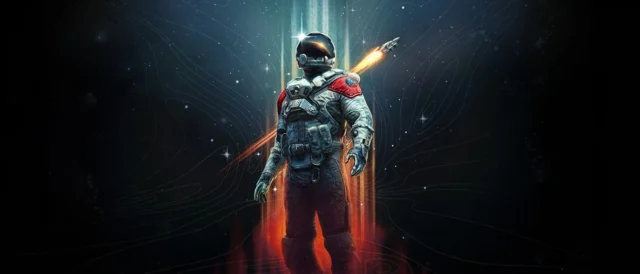
If there’s one factor Dr. Jennifer Hazel needed folks to remove from her panel at GDC, it was that psychosis and psychopathy usually are not the identical dysfunction. If there have been two issues, it’s that games have an amazing capability to mirror the struggles of individuals with psychological well being points, and to interrupt down the stereotypes and misinformation which have come alongside psychological problems for years.
Hazel, founding father of the gaming-focused psychological well being consciousness organisation CheckPoint, says that games have usually fallen into the traps of stigmatising psychological sickness – simply as motion pictures and tv have. But whereas there are many games set in creepy psychological asylums or that includes a great deal of rampaging ‘psychos,’ at a panel titled ‘How to Represent Mental Illness in Games,’ Hazel confirmed six games that present psychological sickness precisely and empathetically – and defined how builders ought to study from their instance sooner or later.
An organisation known as Mindframe presents a set of tips for normal media protection of psychological sickness, which Hazel adapts right into a set of suggestions for game builders: use correct language to speak about psychological sickness; precisely painting signs; know your function if you’re utilizing psychological sickness; keep away from stereotypes; present empathy towards folks affected by psychological well being points; and present folks giving – and receiving – assist.
In Stardew Valley, gamers who develop a relationship with Shane uncover that he’s fighting despair. Shane’s feedback about feeling helpless precisely mark the signs of despair, and an almost suicidal occasion has you’re taking Shane to the city physician – who, in flip, recommends counseling as remedy. Shane will get assist, and gamers empathise together with his struggles due to how he’s portrayed.

Celeste’s efforts to turn the platformer into a metaphor for anxiety at the moment are well-known, however right here Hazel focuses on one particular scene: the gondola trip. Here, the protagonist Madeline suffers a panic assault – precisely described by one other character within the game – after which she learns a respiratory train to assist cope. That train turns into a correct gameplay mechanic, and it even turns into a transferable talent for gamers who may endure from anxiousness.
Hellblade’s creeping Dark Rot exhibits Senua’s delusion of nihilism
Hellblade: Senua’s Sacrifice – which Hazel calls “my game of the decade” – is a couple of lady affected by psychosis, one of the misunderstood psychological well being situations. But Hellblade exhibits psychosis precisely, from the hallucinatory dialogue that accompanies Senua all through the game to the precise ‘delusion of nihilism’ the place she – and by extension, the participant – believes that the creeping Dark Rot will engulf her after too many failures.
Games like The Last of Us and final 12 months’s God of War take care of psychological well being in additional conventional methods, by plot and character improvement – however each games present the results of trauma and PTSD in nuanced methods. In the wake of his spouse’s dying, Kratos grows extra indifferent, besides when he lashes out in anger. Yet we’re given the prospect to sympathise with him due to characters just like the Witch, who’ve had related traumas over loss prior to now and clarify – each for the sake of different characters and the viewers – what’s occurring with Kratos.

Joel’s relationship with Ellie in The Last of Us is pushed by the traumatic lack of his daughter, which in flip drives the plot of your complete game. Joel tries to keep away from staying with Ellie as a result of she’s an excessive amount of of a reminder of who he’s misplaced – or, in additional scientific phrases, he’s avoiding the triggers of his trauma. Both Last of Us and God of War additionally keep away from the frequent stereotypes of PTSD. While there’s violence concerned for each Joel and Kratos, the brunt of why they’re struggling is loss – it’s not the stereotypical battle trauma mostly related to PTSD.
Hazel factors to Chloe in Life is Strange as a powerful instance of borderline persona dysfunction, citing her black and white considering, emotional instability, impulsive behaviour, and concern of abandonment. Yet there are sympathetic causes for her signs, and the game’s emphasis on relationships and character improvement on the core of its plot imply gamers are capable of empathise along with her.

So why does any of this matter? Studies differ on precisely how prevalent psychological well being points are however the vary is commonly proven as 25%-50% of the inhabitants – a large variety of folks at both finish of the size. Two-thirds of people that endure from psychological well being points won’t ever search remedy, and that’s as a result of these points are so closely stigmatised – partly by motion pictures, tv, and games.
Read extra: Celeste is considered one of the best games of 2018
But the titles Hazel showcased at this panel present that games can simply as simply present life like, sympathetic portrayal of psychological well being issues – and people may also help gamers empathise with others who are suffering from these points, or recognise them in themselves and search remedy. It might look like an excessive amount of for one game to alter the world, however a line of games following within the footsteps of Celeste, Hellblade, and others can promote understanding – which, in flip, means nothing lower than saving lives.
Source



